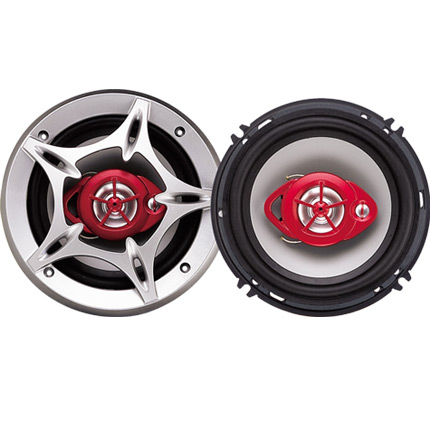Understanding the Importance of Rear Handbrake Cable in Vehicle Safety and Performance Maintenance
The Importance of the Rear Handbrake Cable in Vehicle Safety
The rear handbrake, often referred to as the emergency brake or parking brake, serves a crucial role in ensuring the safety of both the vehicle and its occupants. One of the integral components of this system is the rear handbrake cable. This article will explore the significance of the rear handbrake cable, its function, maintenance considerations, and potential issues that may arise.
Understanding the Rear Handbrake Cable
The rear handbrake cable is a flexible steel cable that connects the handbrake lever, typically located in the driver's compartment, to the brake mechanism at the rear wheels. When a driver engages the handbrake, the lever pulls the cable, which in turn activates the brake shoes or pads at the rear wheels, effectively locking them in place. This mechanism is critical for securing the vehicle when parked, especially on inclines, preventing it from rolling away.
Functionality and Importance
The functionality of the rear handbrake cable is paramount in various scenarios. When a vehicle is parked, especially on a slope to any degree, the handbrake serves to immobilize it. In the event of hydraulic brake failure during a driving situation, the handbrake can act as a secondary braking system, allowing the driver to bring the car to a stop safely. Furthermore, the ability to lock the rear wheels can aid in controlled drift situations during specific driving conditions, although this practice requires advanced skills and should only be performed in safe environments.
Regular Maintenance
rear handbrake cable

Like all components of a vehicle's braking system, the rear handbrake cable requires regular maintenance to ensure proper functionality. Drivers should be vigilant for signs of wear or damage, such as fraying, corrosion, or stiffness of the cable. Regular inspections should be part of routine vehicle maintenance, ideally performed during oil changes or tire rotations. Additionally, the handbrake itself should be tested frequently by engaging and releasing it to ensure it fully locks and releases the rear brakes.
Signs of Trouble
Several indicators can signal problems with the rear handbrake cable. If the handbrake lever travels more than it used to before engaging the brakes, or if the vehicle rolls slightly after the handbrake is applied, these may be signs of cable stretching or failure. Other symptoms include unusual noises when operating the handbrake or a feeling of resistance in the lever. If any of these issues manifest, it is important to consult a mechanic promptly to avoid potential safety hazards.
Replacement and Repair
In cases where the rear handbrake cable has deteriorated or failed, replacement is necessary to restore the handbrake’s functionality. Replacing the cable is typically a straightforward procedure but may vary depending on the vehicle make and model. It’s critical to have a qualified mechanic perform this task to ensure that the new cable is correctly installed and adjusted. A properly functioning rear handbrake cable not only enhances safety but also extends the longevity of the vehicle’s overall braking system.
Conclusion
In conclusion, the rear handbrake cable is a vital component in the vehicle's safety and braking system. Regular maintenance, keen observation for signs of wear, and prompt attention to repairs can help ensure that your handbrake remains reliable. Remember, a well-functioning handbrake cable is not just about personal safety; it’s also about protecting others on the road. By prioritizing the upkeep of this essential part, drivers can enhance their overall driving experience and peace of mind.
-
Why Most Hand Brake Cables Are Made of SteelNewsAug.28,2025
-
Making Hand Brake Cables Stronger With Spiral WindingNewsAug.28,2025
-
Locking Throttle Cables: A Comprehensive GuideNewsAug.28,2025
-
Importance of Throttle Control CablesNewsAug.28,2025
-
Hydraulic Clutch Lines in Modern VehiclesNewsAug.28,2025
-
Diagnosing Transmission Issues: Is Your Shift Selector Cable to Blame?NewsAug.28,2025
